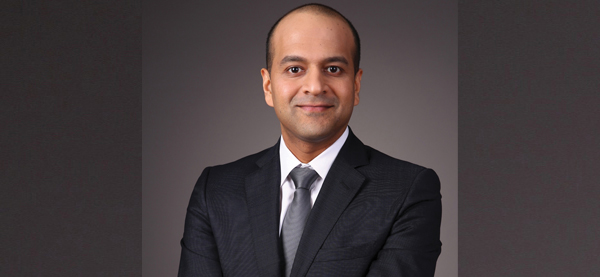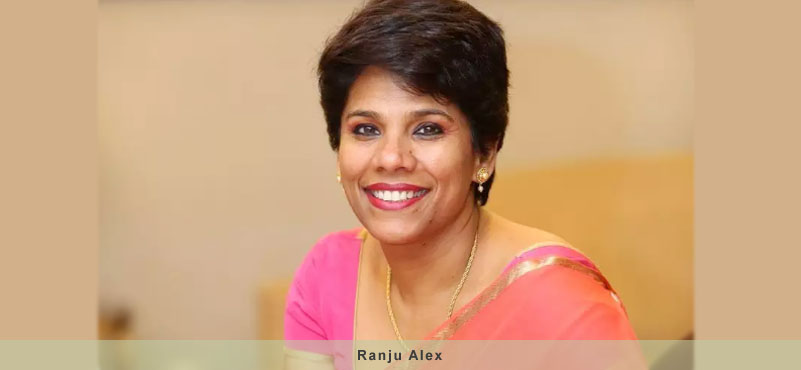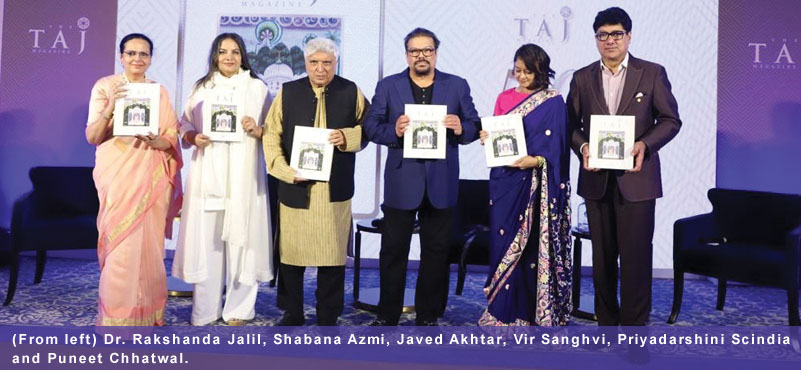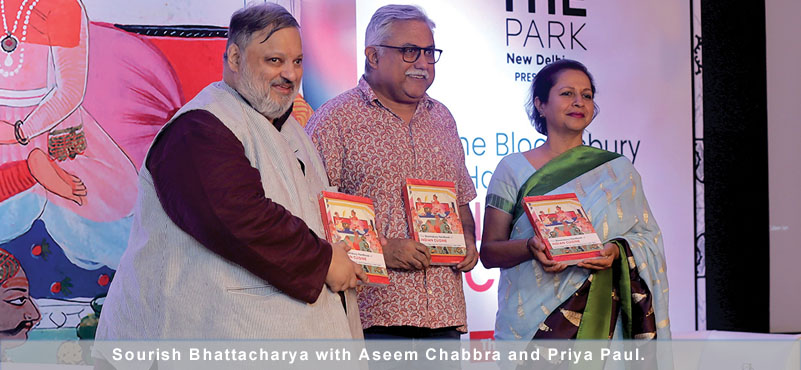From one hotel in 1999 to a portfolio of over 100 hotels, Marriott has come a long way in India.Looking at the road ahead, Marriott was going to continue its robust supply by adding yet another 18 hotels to its inventory in 2018, shared Neeraj Govil, Area VP- South Asia, Marriott Inc.
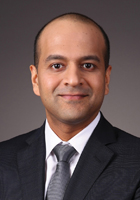
Area VP, Marriott
What is driving the business so strong? And how? In some cities, you have 2 JW properties, reasonably close to each other, as you do in Mumbai. How does this work?
India is one of Marriott International’s largest markets in Asia Pacific, with the second most number of properties and rooms after China. As we recently opened our 100th hotel in India – Sheraton Grand Bengaluru Whitefield, we continue to see robust demand in many micro markets within our gateway cities in the country. Marriott International now has significant brand portfolio strength, whether it is in the luxury, premium or select service tiers and this coupled with our geographic distribution allows us to offer our customers the choice of choosing a brand that is relevant to their reason for travel.
Our strategy continues to be focused on elevating the positioning of each of our 15 brands, evaluate the feasibility of introducing new brands and ensure that they have definitive and distinct nuances making them unique thereby enabling our guests choose the one that fit their needs and expectations the best.
Demand especially in virgin markets seems to be on the upswing with domestic travel growing at a healthy pace, our endeavor is to maximize the opportunity and expand our portfolio to match the growth trajectory.
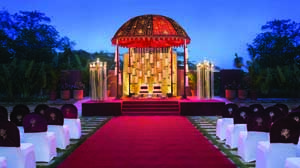 Coming to your question on our JW hotels in Mumbai, both JW Marriott Juhu and JW Marriott Sahar operate in the same city and both enjoy locational advantages aside of their unique features, keeping the brand integrity intact – which makes them both leaders within their respective competitive sets. Our strategy is engineered to ensure that we have unique selling propositions in each of our hotels that become enablers for co-existence. Growing our loyalty base is another key area of priority. We just announced the merging of our 3 programs – Marriott Rewards, SPG and Ritz Carlton Rewards. This means an enhanced program for our members with exclusive benefits that are unparalleled thereby giving an edge over our competitors.
Coming to your question on our JW hotels in Mumbai, both JW Marriott Juhu and JW Marriott Sahar operate in the same city and both enjoy locational advantages aside of their unique features, keeping the brand integrity intact – which makes them both leaders within their respective competitive sets. Our strategy is engineered to ensure that we have unique selling propositions in each of our hotels that become enablers for co-existence. Growing our loyalty base is another key area of priority. We just announced the merging of our 3 programs – Marriott Rewards, SPG and Ritz Carlton Rewards. This means an enhanced program for our members with exclusive benefits that are unparalleled thereby giving an edge over our competitors.
Which cities are the big drivers of numbers for you? I mean, more than the others?
We are bullish on India in the short, medium and long term. I believe that the Indian hotel sector is in the initial stages of an upswing; the quarter just gone by has seen very pleasing growth for us and I believe that we will continue to see further consolidation in 2018 and 2019. ‘BRAND India’ is certainly more attractive globally; indications are that the country is attracting more Foreign and Domestic investment. We have had a progressive budget; tourism is key focus for the government; infrastructure spending is up, and domestic travel is at unprecedented levels. India’s GDP is projected to grow at a higher rate than most of the rest of the world. All these augurs extremely well for the Indian hotel sector.
Almost all the markets we operate in are seeing robust demand, led by Mumbai. We have witnessed dynamic growth across all segments and markets and whilst metros continue to witness rising demand, the real business opportunity and drivers are the new emerging markets across Tier II and III cities. We now have presence in cities like Vishakhapatnam, Mahabalipuram, Sriperumbudur, Raipur, Amritsar and Srinagar.
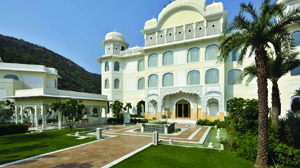 Which are the big brands that are performing? How is the story of the brands playing out in the Indian market? Do you see any tweaking between them, if necessary especially after the merger with Starwood? Are you going to introduce any new ones?
Which are the big brands that are performing? How is the story of the brands playing out in the Indian market? Do you see any tweaking between them, if necessary especially after the merger with Starwood? Are you going to introduce any new ones?
All our brands continue to perform well given their unique identities and distinct positioning. Today we have a healthy mix of business hotels and resorts. The growth cycle continues to accelerate at a very high momentum. Our endeavor has always been to offer ‘the right brands at the right place’; we recently opened the JW Marriott Jaipur Resort & Spa – a gorgeous ‘palace like’ property in the city of Jaipur. The market demands a luxury offering to cater to high-profile leisure travel and destination weddings. Similarly, we opened a ‘Fairfield’ branded property in Sripereumbudur given the size and business requirements of the city. Our fastest growing brands fall in the select serve category – Fairfield by Marriott and Courtyard by Marriott continue to be growth engines for us. Having said that, the pipeline for all our brands is equally robust and we remain very optimistic on the opportunity that is India. We are committed to launching new brands if the market demands it.
Especially for hotels that you took over, like the Meridien Gurugram, how are these performing after the take-over? What is story like before and after, for that hotel?
The hotel you have singled out is going from strength to strength as are other hotels in this pool. As you can imagine, each set of circumstances in unique and each hotel needs a specific strategy to be executed to achieve success. We have a very capable and focused team of associates that are working towards getting to be market leaders in their competitive sets. Marriott has built a reputation for quality, service excellence, innovation, and integrity. Our strength lies in our talented associates, global distribution system, unparalleled loyalty programs, and innovative global sales and marketing strategies thereby giving our guests and owners the confidence to put their trust in our brands. Our name on a hotel is a promise and commitment to excellence, great product quality and unmatched service.
Do you think the next 100 can come in the next ten years, or are you targeting even less time? How strong is the pipeline for new hotels? Like how many, with what number of rooms, already signed and in various stages of development?
Marriott International has 101 hotels in the country with the largest room inventory across 15 brands and 40 locations. We have 50 plus hotel in various stages of construction and several more in discussion. Considering we opened our first hotel, The Goa Marriott Resort & Spa in 1999; this growth is quite unprecedented. We strongly believe that rapid urbanization coupled with growing demands from the Tier II markets and resorts make India a strong market for expansion. We are very optimistic about India and given our aggressive development strategy we will be quite disappointed if we cannot achieve the next 100 over the next few years. Ambitious but certainly not impossible! We will open 18 new hotels this calendar year as we continue the momentum.
What does it mean for you to now be the largest chain in India, with maximum number of rooms? As an industry, where are we heading in terms of distribution opportunities and cost? Is there any trend that you specially wish to mention?
There is something to be said for size and scale and we are starting to realize the true opportunity by leveraging topline sales and cost synergies. Marriott International as a company has a lazor sharp focus on ensuring we are delivering robust margins for our owners and other stakeholders without compromising on quality, product or service. The faith invested by our ownership community is a huge testimony to that effort. Our distribution network provides huge opportunities for economies of scale and cost benefits given our strategic partnerships and a mature sales organisation. Our organisational and leadership structure has been in a state of evolution and today it makes me proud to say that we have a structure that is focussed on driving results, productivity and excellence that gives a distinct edge over our competitiors. The talent pool that Marriott attracts given the career opportunities, culture and international exposure results in a set of individuals who are exceptional in their areas of expertise and have complete alignment with the ‘result-oriented‘ approach that is core to how we operate at Marriott.
One last word, on inbound tourism, one wishes we had more foreign tourists. And yet the present supply, at least most of it, seems to get gobbled up by Indian occupants. Would you agree? What can we done to become a bigger inbound destination? Increasingly, across the country, the ratio of Indian against foreign is getting skewed towards the domestic. At the end of the day, does this even really matter?
India makes a very compelling story with its massive domestic market and Marriott in India nets about 70% of its business from domestic consumers. As domestic travel increases and Indian travelers continue to demand more sophistication in terms of both quality and experience, we have significant opportunity to grow our brands across the spectrum in gateway cities, tertiary markets as well as in resort destinations.
As far as inbound tourism is concerned, it is safe to say that it has shown an upward trend. Given the political stability in the region, South Asia has emerged as the second fastest growing market for inbound tourist arrivals, providing many opportunities for development of internationally branded hotels across segments. To give an impetus to the growth of inbound tourism, I think improving the visa policies and working to improve the cost of traveling to the region would help do that. Additionally, infrastructure, information and technology improvements would help enhance the travel experience for anyone visiting India. Safety continues to be a huge talking point and is a big factor that determines the influx of tourists. Given the recent developments, the governments needs to take a tough stand establishing measures that guarantee a sentiment of a safety and ease of travel once here.

